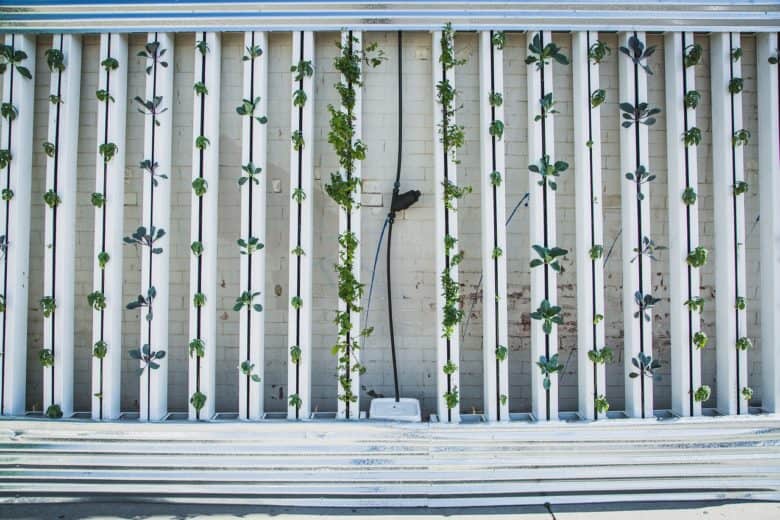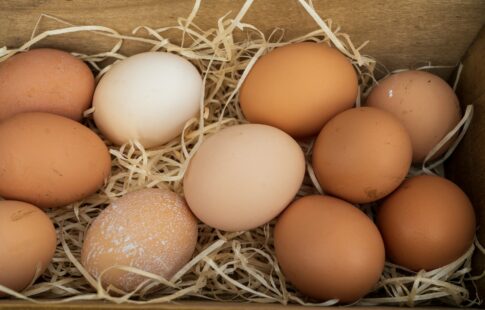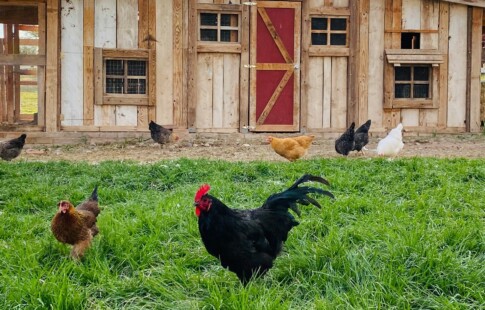
How to Develop Climate-Smart Agriculture
We are reader-supported. When you buy through links on our site, we may earn affiliate commission.
Climate change has become a worldwide topic of discussion lately, and for good reason. Scientists warn that we need to act fast and collaborate to mitigate the effects of climate change and start doing things differently to halt the speed of global warming. One of the broad ways to do that is called climate-smart agriculture (CSA).
What Is Climate-Smart Agriculture?
Climate-smart agriculture uses a variety of techniques to increase the productivity levels of farmland while reducing greenhouse gas emissions and facilitating other positive changes to help the planet. For example, some ongoing projects falling under this umbrella focus on conserving water, reducing pesticides and promoting soil health and practicing agroforestry.
The Food and Agriculture Organization (FAO) of the United Nations takes a three-prong approach when defining climate-smart agriculture. It aims to:
- Increase agriculture productivity and incomes
- Use techniques that build resilience and adapt to climate change
- Reduce and remove greenhouse gases whenever possible
People who are interested in this method of crop production can ask themselves whether the actions they’re taking align with at least one of those three objectives. Also, people who want to enhance their farming operations to embrace CSA should keep in mind that positive effects are often not immediate, and some amount of trial and error is needed while tweaking any process.
Solar Panels Help Farmers Maximize Their Land Use
There was a time not long ago when landowners designated large quantities of land for one of two purposes: growing crops or generating electricity. However, there’s been a recent increase in so-called dual-use agriculture. It enables farmers to use their land for both purposes. Many choose to install solar panels on their property, and some even grow shade-preferring crops underneath the eco-friendly structures. Renewable sources of energy convert nearly 100% of their energy into electrical output.
Conversely, non-renewable sources like coal and natural gas only have a conversion rate of about 50%. One reason why agricultural professionals take the dual-use route is to increase how much they earn. For example, during a disappointing growing season, a farmer could sell excess solar energy back to the grid, helping them weather effects that might otherwise send them into debt. People who put solar panels on their land in the United States can take advantage of federal tax perks, too. The Investment Tax Credit (ITC) gives a 26% credit for qualifying residential and commercial solar projects in 2020.
Vertical Farms Can Support Climate-Smart Agriculture Goals
You’ve almost certainly heard the buzz about vertical farms over the last couple of years. Many supporters believe they’ll help the planet by drastically reducing water usage, achieving the desired yields without pesticides and using eco-friendly lighting inside the specially designed buildings. Also, since these farms cultivate the crops in layers that tower off the ground, the method promotes growing more food on smaller amounts of land. Many vertical farms also depend on automation to increase workforce efficiency. Although automation makes some people concerned about job losses, it can make employees happier, too. For example, Spread is a vertical farm that distributes its lettuce to approximately 2,300 stores in Japan.
Representatives there say that automation often allows workers to switch to creative, more rewarding roles. Elsewhere, Fifth Season is a vertical farm in Pennsylvania that’s also investing in robots. Humans still work at Fifth Season’s sites, but robots help with some of the more cumbersome tasks. When the company’s first full-scale farm begins operating in 2020, it hopes to grow more than 500,000 pounds of lettuce in the first year alone. It’s easy to see, then, how vertical farming could be a planet-friendly solution that helps feed the world.
Being Strategic About Wind Turbine Placement and Type Protects Native Birds
Climate-smart agriculture means being aware of how today’s actions — both positive and negative — could influence global warming later. However, it’s also necessary to use eco-friendly approaches in ways that are kind to creatures and their habitats. For example, one of the known downsides of wind energy is that it can have adverse effects on nearby birds. Researchers at the University of Illinois discovered that wind turbines impact about 150,000 U.S. birds annually, such as when the animals fly into them or experience habitat disruptions. They also concluded, though, that keeping wind turbines at least 1,600 meters away areas densely populated by birds has a safeguarding effect. Plus, taller turbines with shorter blades are the types least likely to harm birds. As farmers investigate climate-smart agriculture techniques concerning the potential placement of wind turbines on their land, it’s wise for them to keep these things in mind. Then, they can be mindful of helping the planet with renewable energy by cutting down on related problems for avian creatures.
Climate-Smart Agriculture Takes Many Forms
The areas covered here give a glimpse of what it means to produce crops while exercising Earth-awareness. You can put the planet in a top-of-mind position even when moving forward with smaller initiatives. For example, you may wish to start by installing a smart thermostat or energy-saving appliances in your farmhouse, then scale up from there as your budget allows. Now that you know what climate-smart agriculture means, it’s easy to apply it in beneficial ways.
Share on
Like what you read? Join other Environment.co readers!
Get the latest updates on our planet by subscribing to the Environment.co newsletter!
About the author
Jane Marsh
Starting from an early age, Jane Marsh loved all animals and became a budding environmentalist. Now, Jane works as the Editor-in-Chief of Environment.co where she covers topics related to climate policy, renewable energy, the food industry, and more.





